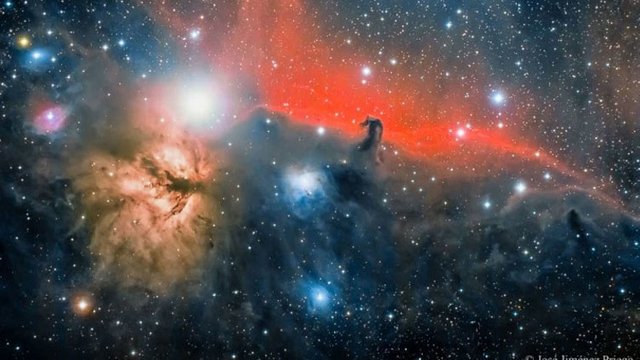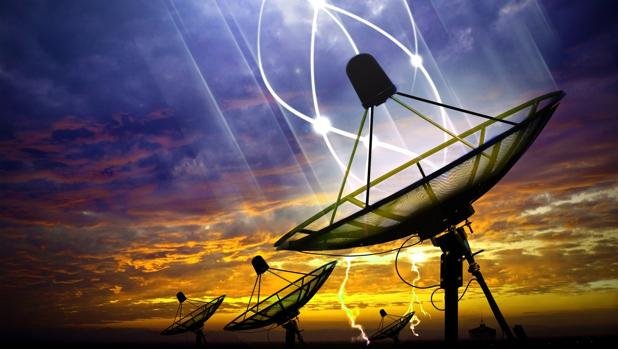Astronomers have only found a couple of dozen FRBs (Fast Radio Bursts), and they still do not know what causes these rapid and powerful radio broadcast bursts.

For the first time, two astronomers at the Harvard-Smithsonian Center for Astrophysics (CfA) have estimated how many FRBs should occur throughout the observable universe. Their work indicates that at least one FRB is produced somewhere every second.
"If we are right about such a high rate of FRBs happening at any given time, you can imagine that the sky is full of flashes like the paparazzi taking pictures of a celebrity," Anastasia Fialkov of the CfA said in a statement. the study. "Instead of the light we can see with our eyes, these flashes come in radio waves."
To make their estimate, Fialkov and co-author Avi Loeb assumed that FRB 121102, a rapid radio burst located in a galaxy about 3 billion light-years away, is representative of all FRBs. Because this FRB has produced repeated explosions since its discovery in 2012, astronomers have been able to study it in much more detail than other FRBs. Using that information, they projected how many FRBs would exist throughout the sky.
"In the time it takes you to have a cup of coffee, hundreds of FRBs may have been emitted somewhere in the Universe," said Avi Loeb. "If we can study even a fraction of them well enough, we should be able to unravel their origin."

FRBs are short pulses of radio from various sources, all very distant and whose nature is completely ignored. But FRB 121102, which was discovered in 2012, is the only known source in which signals are repeated. Since it was detected, in fact, have already registered more than 150 emissions from that single object, which astronomers managed last year to identify as a dwarf galaxy 3 billion light years from Earth.
Although their exact nature is still unknown, most scientists think that FRBs originate in galaxies billions of light years away. One main idea is that FRBs are the byproducts of young, rapidly rotating neutron stars with extraordinarily strong magnetic fields.
Fialkov and Loeb point out that FRBs can be used to study the structure and evolution of the Universe, regardless of whether or not their origin is fully understood. A large population of these far outbursts of radio could act as a probe of material across gigantic distances. This intermediate material erases the signal from the cosmic microwave background (CMB), the radiation left by the Big Bang.
Copying/Pasting full texts without adding anything original is frowned upon by the community.
Some tips to share content and add value:
Repeated copy/paste posts could be considered spam. Spam is discouraged by the community, and may result in action from the cheetah bot.
If you are actually the original author, please do reply to let us know!
Thank You!
Downvoting a post can decrease pending rewards and make it less visible. Common reasons:
Submit
Hi! I am a robot. I just upvoted you! I found similar content that readers might be interested in:
http://insider.si.edu/2017/09/new-study-indicates-mysterious-fast-radio-bursts-occur-universe-every-second/
Downvoting a post can decrease pending rewards and make it less visible. Common reasons:
Submit